
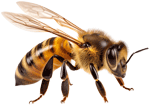


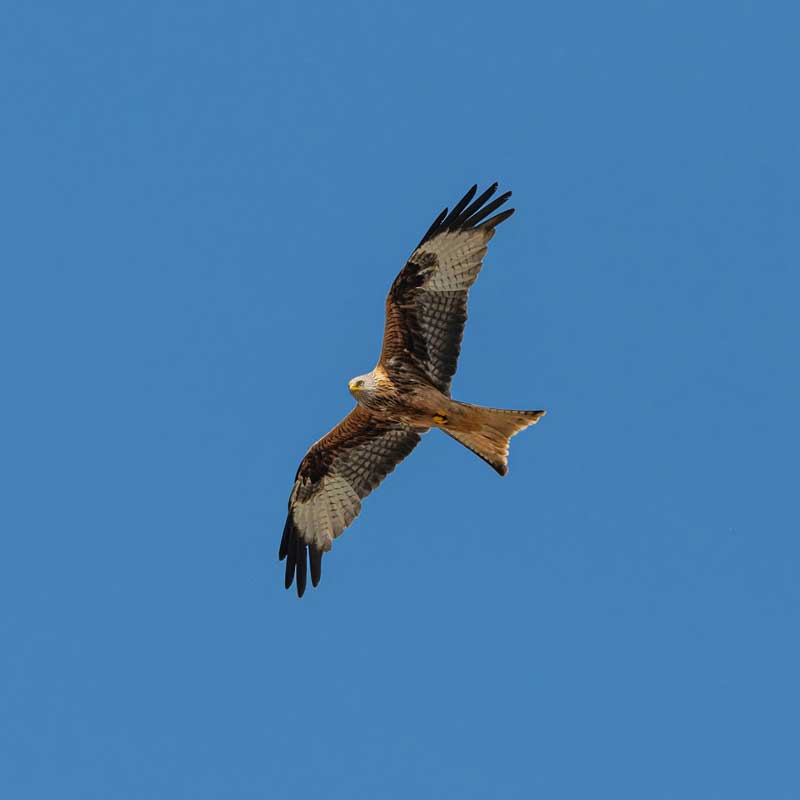
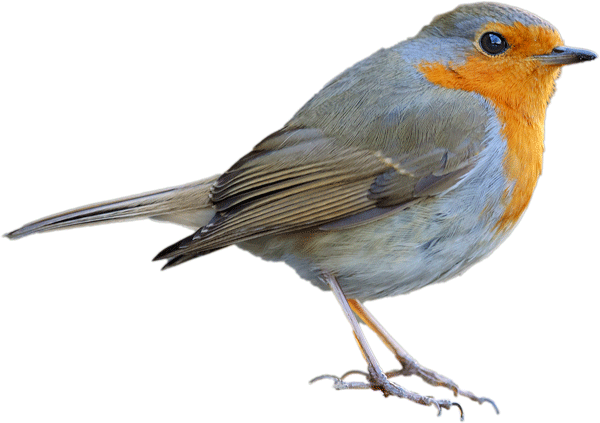
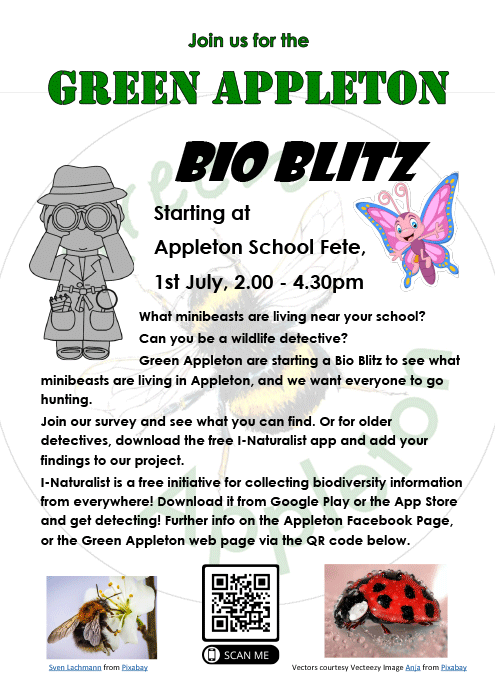
We launched the use of iNaturalist in a BioBlitz held at Appleton primary school's summer fete on 1st July 2023. There we had a lot of enthusiastic kids hunting in the undergrowth for beasties for us to identify. The most notable things they came up with were a Stag beetle and the ever-popular buff-tailed bumble bee.

iNaturalist is a worldwide network of people who contribute observations of natural organisms. These are mapped and identified to make a
huge resource of observations of biodiversity across the globe. Its primary aim is to connect people with nature, but it also provides valuable
open data to research projects in science, conservation and land management.
It began in 2008 as a Master's project in the University of California, Berkeley, and remains a nonprofit social enterprise that is free to use
for both the public and the scientific community.
There is an app for both iPhone and Android (link given at thebottom of the page) and there is also a website. You can use the app to photograph and identify plants and animals out in the wild,then use the website to look at vast range of maps, photographs and summaries, not to mention a lot of information about the species observed.


You need to sign up to the network to start with so that your finds can be logged to you username. There is also a project set up called Appleton with Eaton Green Group. This will filter out observations made in Appleton, so we can get information abour our own biodiversity, and help people become aware of the marvellous wildlife around them.
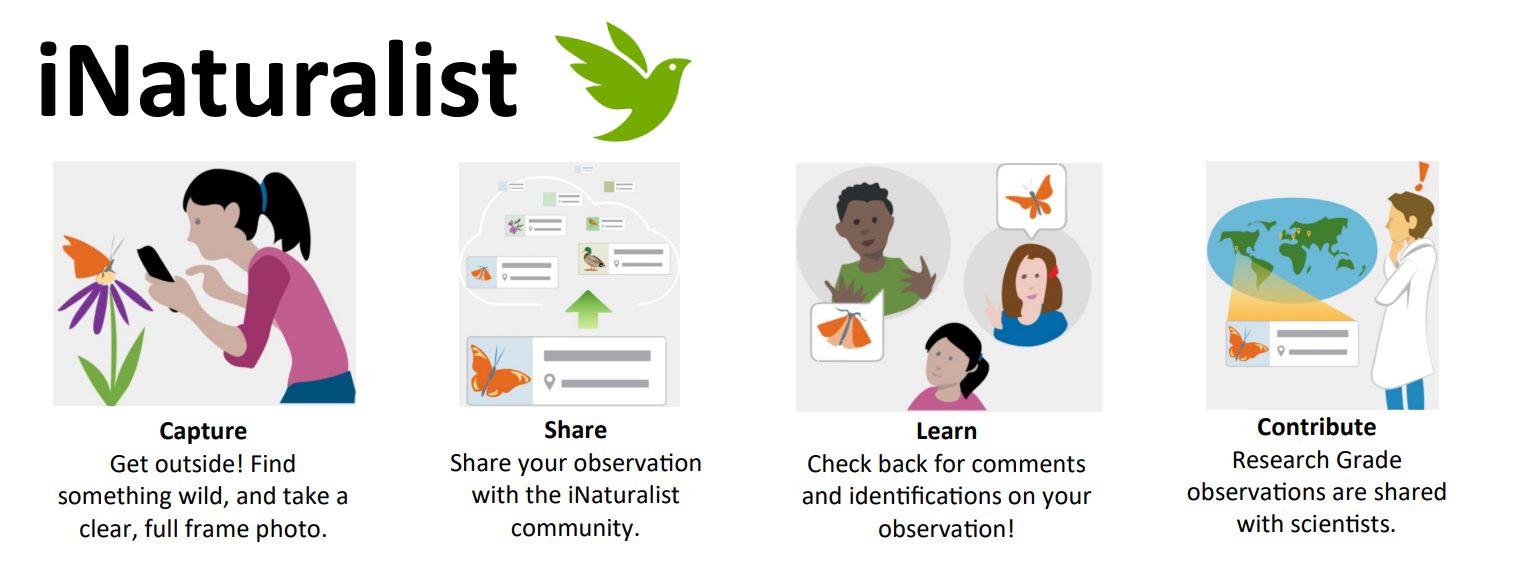

As of March 26 2024, our group consists of 46 observers who have made a whopping 941 observations which cover 471 species.

The species seen most commonly is the 7-spot ladybird, followed by the buff-tailed bumble bee. If you look up your find on the website there is a whole raft of information about it, such as when it is mosy observed, its lifecycle and taxonomy.
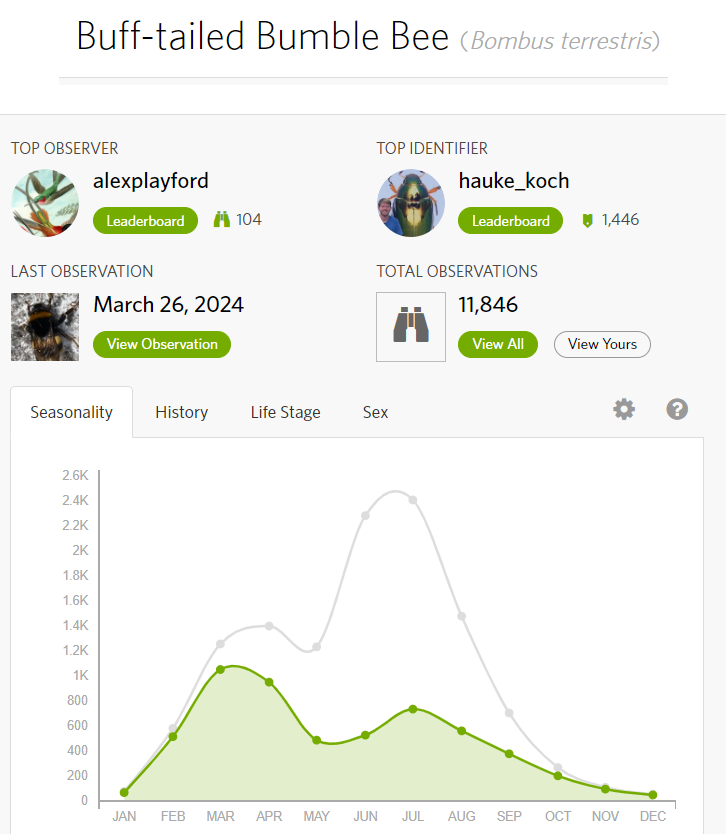
You can also see an interactive map of where the finds were made.
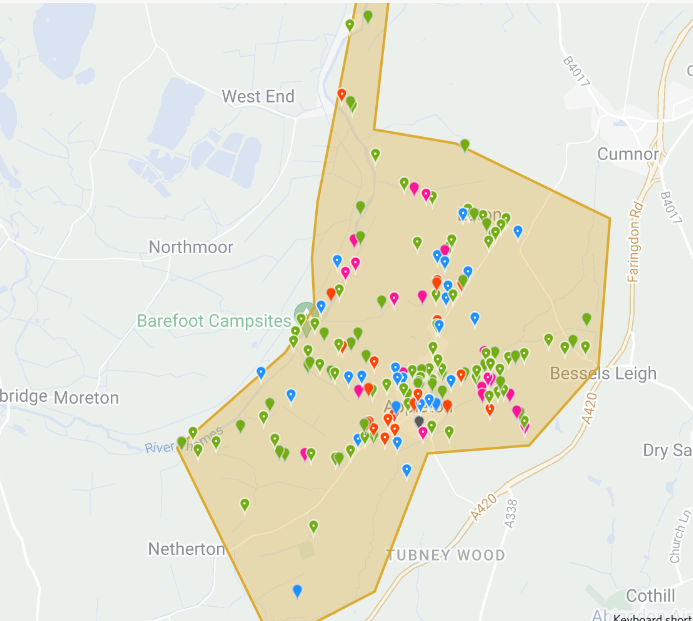
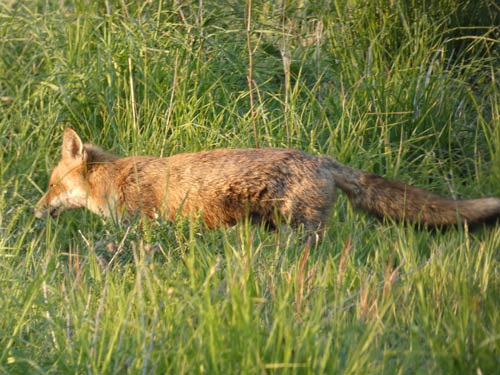
Red fox (Vulpes vulpes) by appletonwildlifediary. It is the largest of the true foxes and one of the most widely distributed members of the order Carnivora, being present across the entire Northern Hemisphere including most of North America, Europe and Asia, plus parts of North Africa.

Peacock butterfly (Aglais io) by holt2012. It is a colourful butterfly, found in Europe and temperate Asia as far east as Japan. It has a wingspan of 50 to 55 millimetres (2 to 2+1/8 in). The base colour of the wings is a rusty red, and at each wingtip it bears a distinctive, black, blue and yellow eyespot.
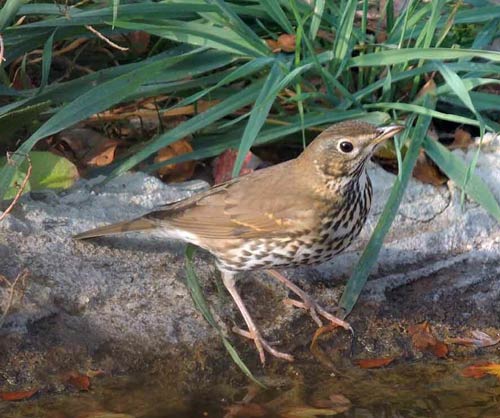
(c) Luigi Andena. Song thrush (Turdus philomelos) by holt2012. The song thrush breeds in forests, gardens and parks, and is partially migratory with many birds wintering in southern Europe, North Africa and the Middle East; it has also been introduced into New Zealand and Australia.
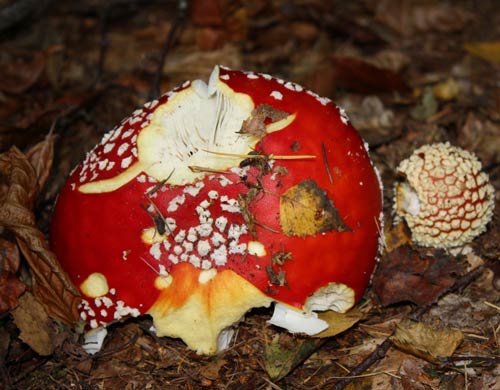
Fly agaric (Amanita muscaria) by appletonwildlifediary. Native throughout the temperate and boreal regions of the Northern Hemisphere, A. muscaria has been unintentionally introduced to many countries in the Southern Hemisphere, generally as a symbiont with pine and birch plantations. Although poisonous, death due to poisoning from A. muscaria ingestion is quite rare. Parboiling twice with water draining weakens its toxicity and breaks down the mushroom's psychoactive substances;
The observers of Appleton have made over 1000 observations in iNaturalist! The person making the 1000th observation was our own Claire Salmon of shop fame, who recorded a black lace weaver. Apparently it was terrifying, so all credit to her for taking a photo and putting it in the system, rather than smacking it with her shoe or running away. To mark the occasion she was presented with a certificate and the book "Planting for Butterflies" to help make her garden eco-friendly.
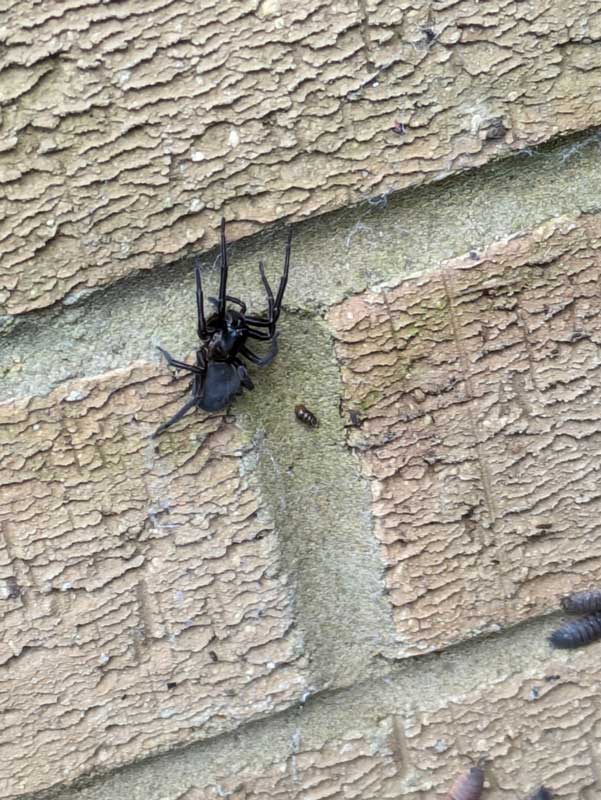

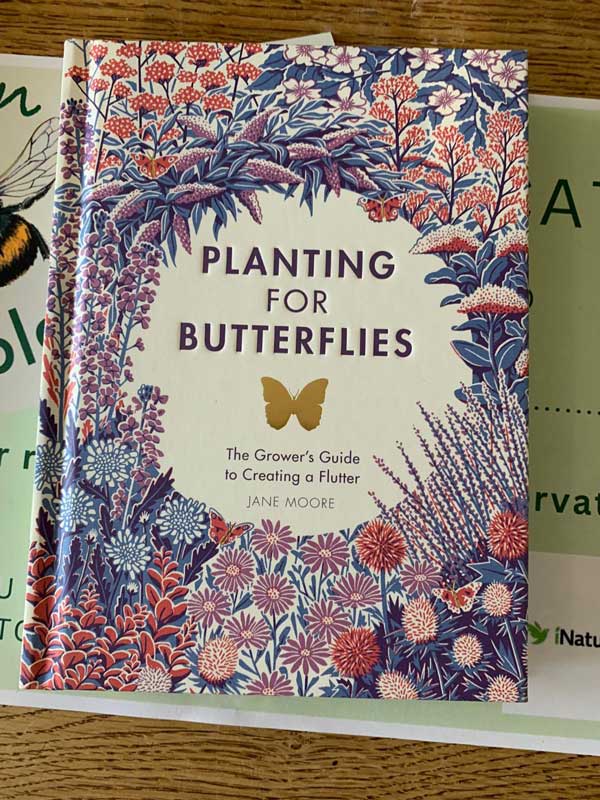
Our 1500th observation came around very quickly! Thanks to everyone out there who is busy recording finds in their gardens and wild spaces. The observation was of a willow leaf beetle (Plagiodera versicolor), and it was made by Eva-Maria Gibbs, just her fourth observation. She received a certificate and the book "Ghosts in the Hedgerow" as a prize.
The beetle lives in various habitats, but usually near water. Adults feed on leaves and pollen of willow and poplar trees, especially Salix fragilis ('crack willow'). It is predated by the shieldbug, several ladybird species and the larva of a hoverfly.

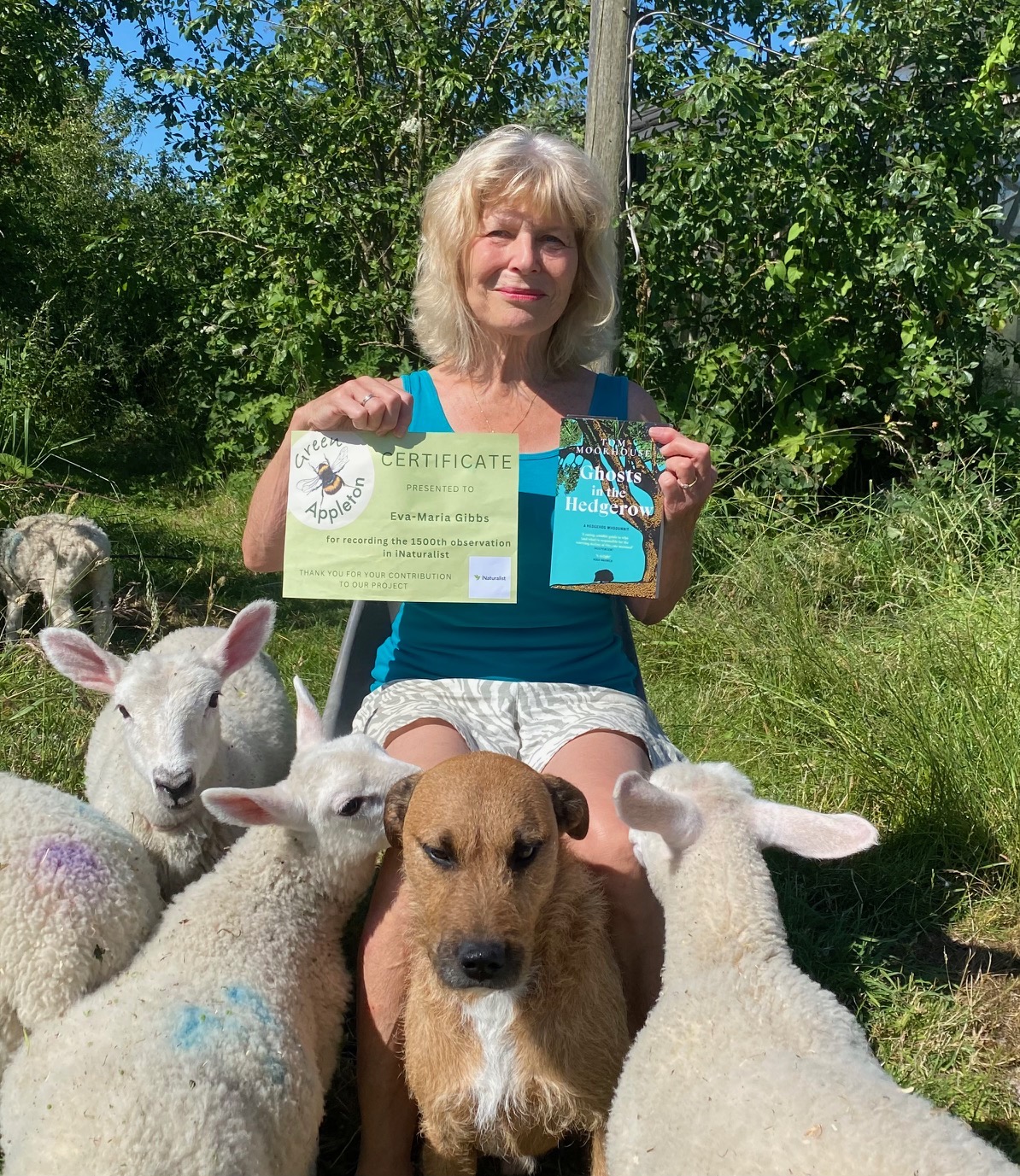
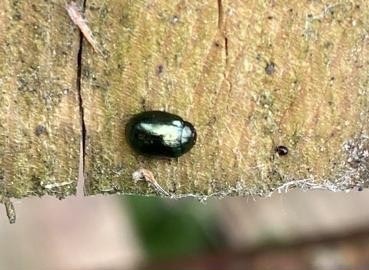
The following are links to interactive maps of the iNaturalist data recorded in Appleton. Using them you can zoom in and move to to areas of interest,
and click on each point to find out more about the observation, such as the name of the species, when it was recorded etc. With over 1500 observations
it was just impossible to put all of them on one map in a way that it could be used meaningfully, so only research-grade observations have been used,
and the data has been split into Birds, Mammals, Plants and Fungi and Insects and Spiders. Sorry frogs.
The map icons below take you the map for that group - hope you find them enjoyable!
If you have anything to say about the site, please head to our comments page, we'd love to hear what you think.